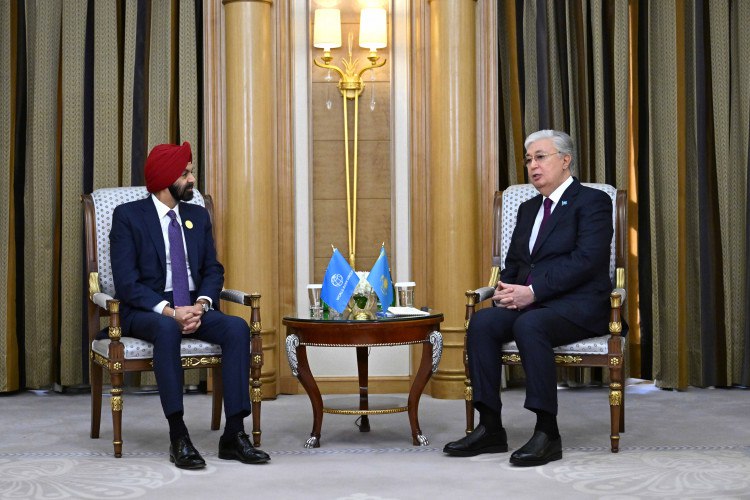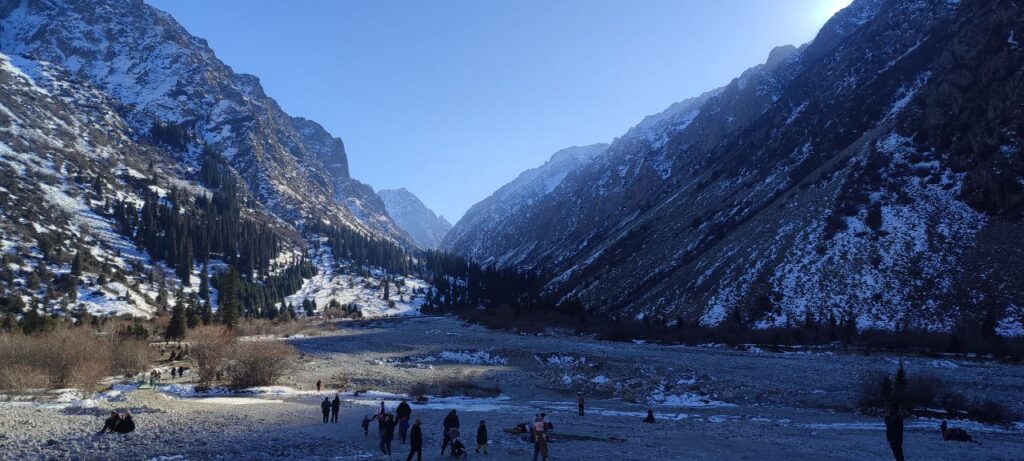The Food and Agriculture Organization of the United Nations (FAO) is helping Kyrgyzstan to introduce a system of ultrasonic sensors for monitoring irrigation water consumption, the UN has announced.
The main source of water for agriculture in Kyrgyzstan is melt water from mountain glaciers. But because of climate change this water may be gone by the end of the century. Even now farmers experience a shortage of irrigation water during dry periods, which naturally affects their crops and livestock.
Agriculture is a key sector for Kyrgyzstan’s economy, employing about 18% of the country’s working-age citizens. “In recent years, water scarcity has become one of the most serious risk factors for food security and livelihoods,” FAO staff have commented.
To mitigate the effects of water scarcity, UN officials, together with scientists from Kyrgyzstan’s Irrigation Institute, have introduced special ultrasonic sensors at hydrological posts in several pilot districts in the country’s Naryn and Batken provinces. The program now distributes water to farmers, thanks to which conflicts over water between field owners have stopped.
“The sensors emit ultrasonic pulses that reflect off the surface of the water. Special equipment records this information, which is then transmitted to a computer. Thus, the system allows real-time data on the water level in the canals,” the FAO has said. Kyrgyz scientists, who invented the sensors, have added that the use of their equipment in low-water conditions will provide an objective accounting of water consumption.
“It is not so important to a farmer how much water is in a river or canal, it is important to him how much water he will get to irrigate his field. But in order to calculate the water balance, all gauging stations should be equipped with sensors. Only a systematic approach will provide the expected result,” said Vitaly Shablovsky, a staff member at the Irrigation Institute.









